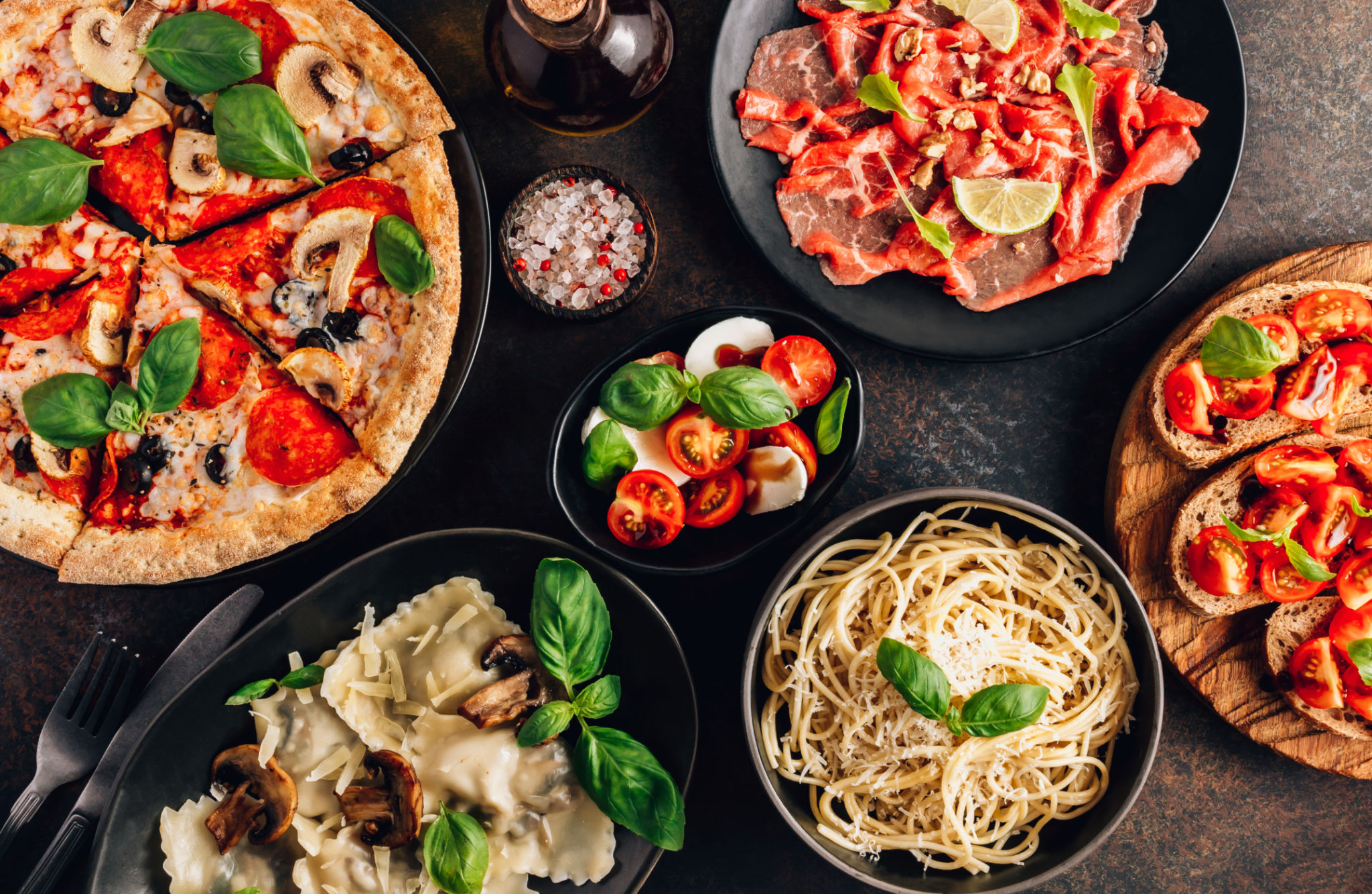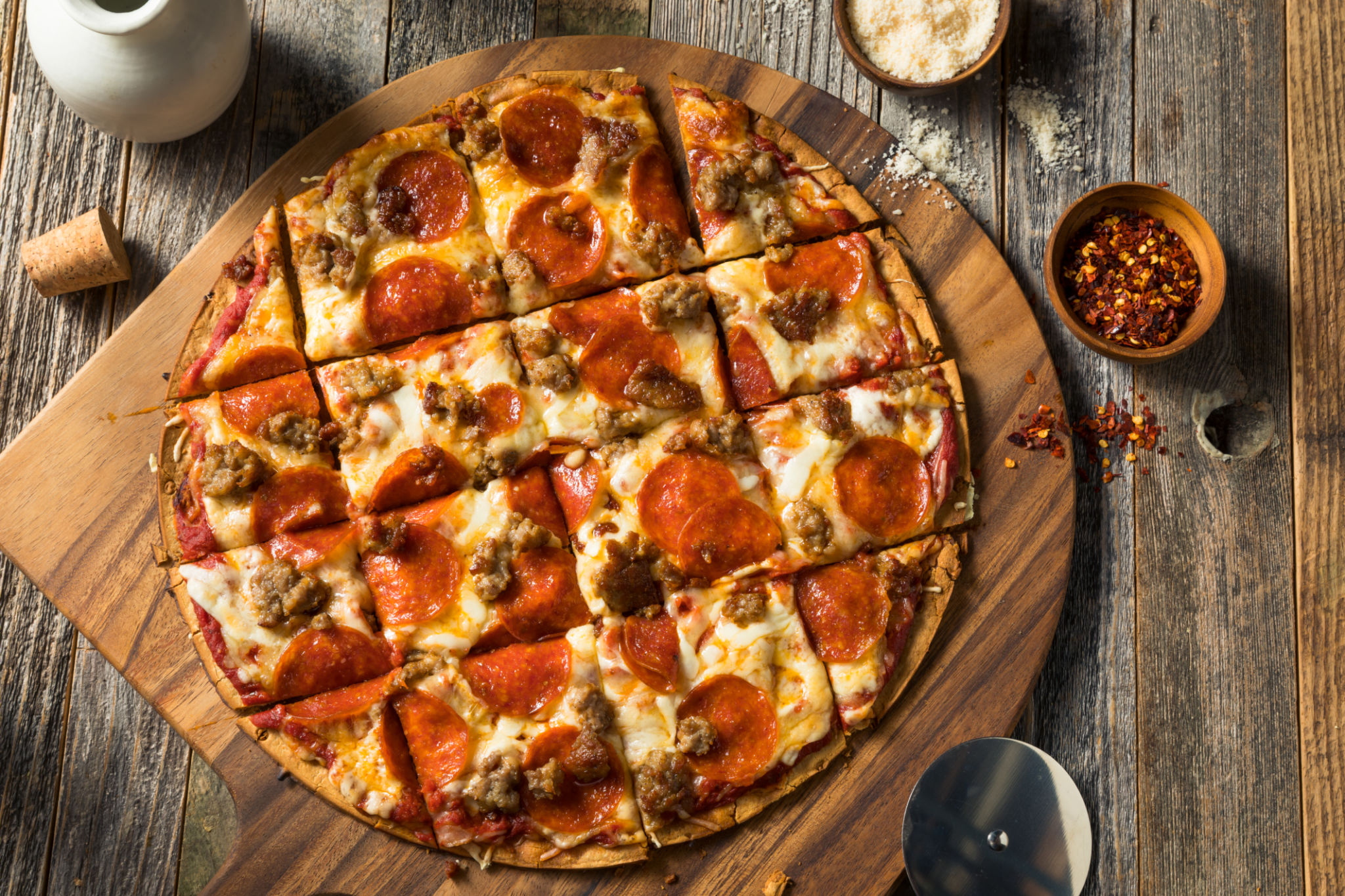Myth-Busting: Common Misconceptions About Italian Pizza
Introduction to Italian Pizza
Pizza is one of the most beloved foods worldwide, yet it is often misunderstood. Despite its global popularity, there are several misconceptions about authentic Italian pizza that have persisted over time. From the types of ingredients used to the way it's cooked, many myths need debunking. Let's set the record straight and delve into the truths about this iconic dish.

The Myth of Toppings Overload
One common misconception is that Italian pizza should be piled high with numerous toppings. In reality, traditional Italian pizza, especially the beloved Neapolitan style, is characterized by its simplicity. Classic options like Margherita and Marinara typically feature only a few quality ingredients. The focus is on the balance of flavors, rather than overwhelming the palate with too many toppings.
In Italy, less is often more when it comes to pizza. The emphasis is on using fresh, high-quality ingredients such as San Marzano tomatoes, buffalo mozzarella, and fresh basil. These elements combine to create a harmonious taste that is both satisfying and sophisticated.
Thick vs. Thin Crust
Another prevalent myth is that all Italian pizzas have a thick crust. While some regions in Italy do prefer a thicker, more bread-like base, such as in Sicily, the traditional Neapolitan pizza is known for its thin, soft crust. This type of crust is cooked quickly at high temperatures in wood-fired ovens, resulting in a light and airy texture.

The thin crust allows the toppings to shine without overpowering them, offering a delightful contrast between the crispy edges and the soft center. This style of pizza emphasizes the artistry of dough-making and the skill required to achieve the perfect balance.
Cooking Methods: More Than Just Wood-Fired Ovens
While wood-fired ovens are iconic and integral to traditional Neapolitan pizza, not all Italian pizzas are cooked this way. Different regions employ various cooking methods tailored to local preferences and available resources. For instance, Roman-style pizza is often baked in electric ovens and features a crispier texture.
It's important to understand that the method of cooking can greatly influence the flavor and texture of the pizza. Each style offers its own unique experience, showcasing the diverse culinary heritage of Italy.
The Cheese Conundrum
A common misconception is that Italian pizza is always loaded with cheese. In reality, some traditional pizzas like Marinara don't include cheese at all. When cheese is used, it's typically in moderation, allowing other flavors to come through. Mozzarella di Bufala is often favored for its rich and creamy taste.

Cheese on Italian pizza serves as an accent rather than the main attraction. It's about enhancing rather than overshadowing other ingredients, creating a balanced and flavorful dish.
Conclusion: Embracing Authenticity
Understanding these myths helps us appreciate the true essence of Italian pizza. By embracing authenticity and valuing quality over quantity, we can enjoy this beloved dish as it was meant to be experienced. Whether you prefer a simple Margherita or a robust Marinara, Italian pizza offers something for everyone—if you look beyond the myths.
